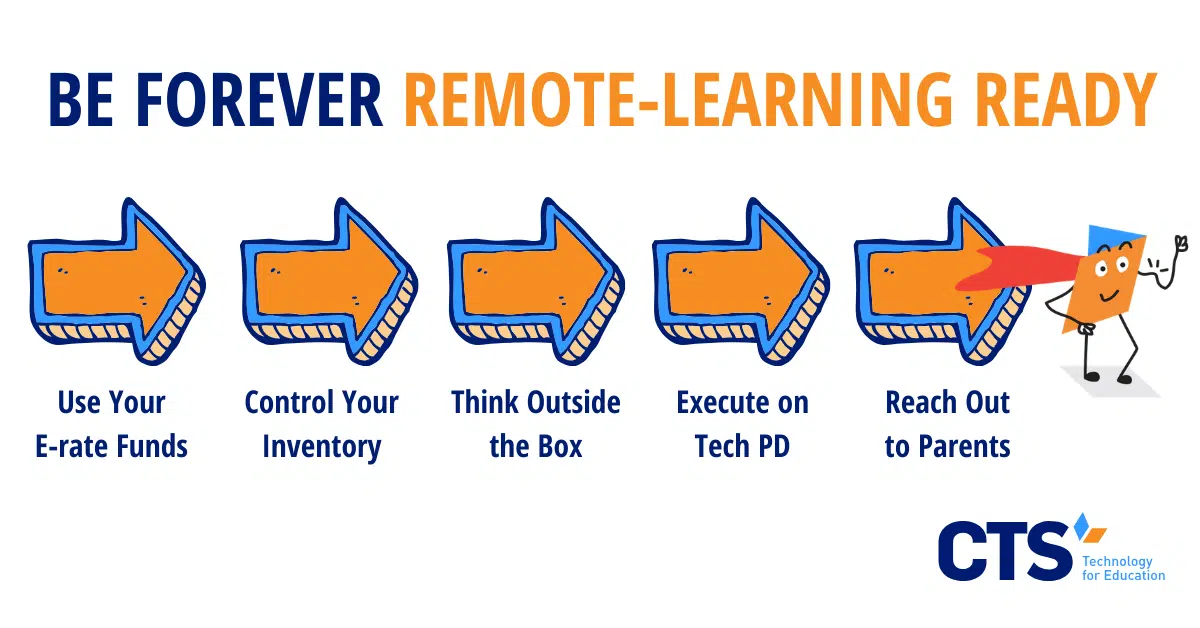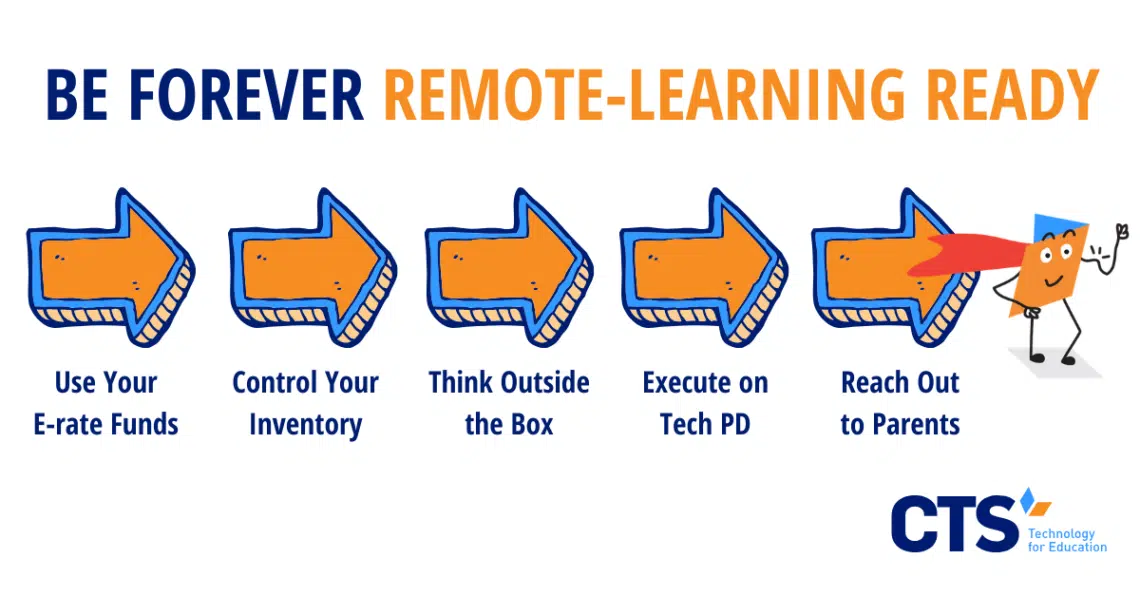As the current school year comes to a close, administrators across the country are looking anxiously toward the fall. Many doubt that schools will operate normally, but that’s where the certainty ends: will students attend on a so-called staggered schedule? How many teachers will be allowed in the building at once? Will annual standardized tests be administered online or at all? What will happen to enrollment? Most importantly, how will schools keep students and staff safe in the event of a second wave?
Any substantial second wave of infections might force schools to return to remote instruction.
If epidemiologists are correct—and as South Korea and China demonstrate—the risks of a second wave of infections remain high. Schools that open in the fall may, therefore, find themselves forced to return to remote instruction. By building their existing technology capacity in terms of both hardware, software, and personnel, schools can prepare their student and staff communities for the possibility of a second wave, enhancing the pedagogical flexibility of teachers who may be forced to shift rapidly to remote instruction. Schools can be always ready for remote learning.
Leverage E-rate funds to build your school’s capacity for remote instruction in the event of a second wave.
Schools that haven’t already allocated their E-rate funds can leverage federal dollars to support remote instruction. From upgrading existing hardware to investing in new learning management systems, schools can strategically funnel portions of their E-rate funds toward building distance learning capacity.
Schools that don’t already have a formal data and assessment platform, for example, may decide to invest in one this summer, mindful that many traditional assessment tools aren’t as useful in a remote environment. Replacing faulty hardware should also be top of mind: investing in replacement devices now can spare leaders logistical headaches in the event remote instruction begins again in the fall. Contact your school’s E-rate service provider to review your options.
Keep your hardware inventory updated to facilitate rapid troubleshooting.
Tracking hardware during distance learning can be challenging, especially when the shift from traditional to remote instruction is rapid. Depending on your school’s policy, safely collecting and inventorying hardware distributed to students in the spring can support your summer planning efforts. If certain devices come back in need of repair—or don’t come back at all—now is the time service or replace them before students return.
Collecting student devices now will also allow you to install any additional software licenses purchased in anticipation of remote learning. You may also consider installing plug-ins to track student participation or other add-ons that monitor students’ academic engagement at home. Your school’s technology provider can review options with your leadership team and potentially make use of E-rate funds to cover at least some of the cost.
Think creatively to enhance the accessibility of academic content.
Remote learning presents particular challenges for special populations. Students with legally mandated IEPs may require additional instructional supports in a remote environment. Bringing together your school’s special education and technology teams now to think through potential options for high-need students can save you time in the fall.
Here, too, additional plug-ins or software may be useful in meeting students’ needs. Your school may also be able to purchase hardware designed specifically for students with speech, language, or other sensory challenges. School leaders can begin checking-in with their special education staff now to anticipate any needed technology supports moving forward.
Use professional development to build your teachers’ distance learning skill set.
Many teachers and support staff will require additional professional learning to make the most of distance learning. School leaders should quickly begin weaving technology-focused content into their traditional professional development efforts. Potential topics range from effective video conferencing and learning management system organization to more complex modules focused on new assessment platforms or distance learning software.
Building capacity in your school teams now will not only make a potential shift to remote instruction easier but will also build teachers’ confidence in their ability to adapt traditional classroom methods for a virtual setting.
Conduct outreach to families who need additional technology support in the event of a second wave.
Finally, it’s important for school leaders to proactively manage outreach to families who may need remote learning support. Depending on your school’s population, students may lack consistent internet access or other resources needed for distance learning. Identifying these needs over the summer months can support school teams in determining their broader technology needs. Additional WiFi hotspots, for example, may be needed for a significant portion of the school population.
At CTS, we help ensure our school partners are ready for whatever the fall brings.
COVID-19 has presented schools with unprecedented challenges. At CTS, we’ve supported more than 60 schools across the country as they adapt to the demands of remote instruction. From launching learning management systems to creating student and staff device inventories, our team works to ensure each school has the tools it needs to execute effective distance learning programs. Contact us today to learn more about our services and how we can help you accomplish your organization’s unique mission.





